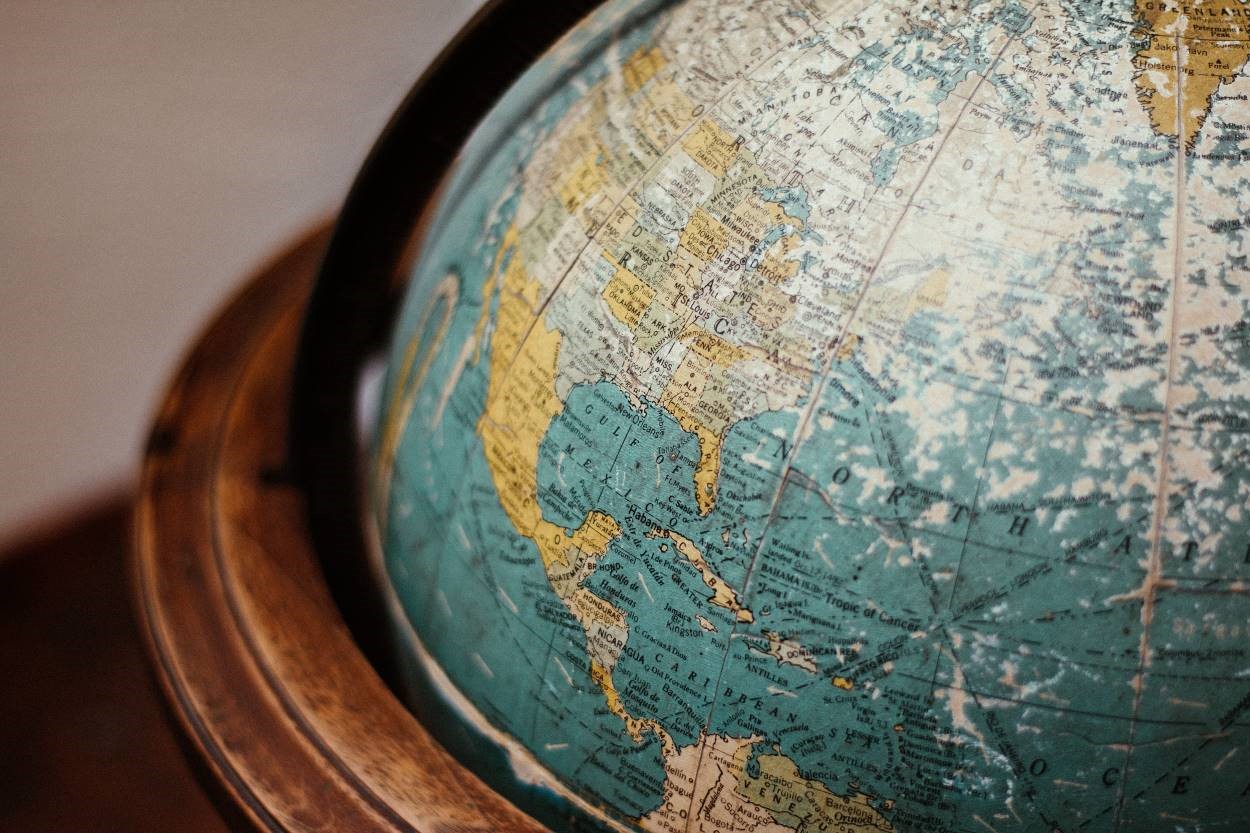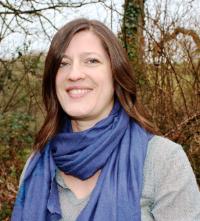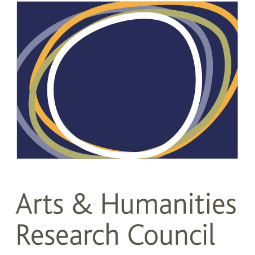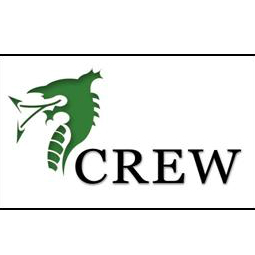A New Literary Geography: Developing and Evaluating a Digital Literacy Atlas of Wales and its Borderlands
This project is an interdisciplinary demonstration of the power of literary geography to offer insight into the vital connections between people, literature and land. The project will create and evaluate an interactive website, The Digital Literary Atlas of Wales and its Borderlands. The Digital Literary Atlas will innovatively map twelve classic and contemporary fictions set in Wales by Fflur Dafydd, Amy Dillwyn, Menna Gallie, Niall Griffiths, Tristan Hughes, Lloyd Jones, Malcolm Pryce, Christopher Meredith among others, in order to challenge outdated approaches to literary geography, and demonstrate the potential of 'new literary geography'. This will be undertaken in order to: 1) encourage the critical and active reading of fictional narratives; 2) promote understanding of how literature can help strengthen individual and community identity; and 3) enhance cultural tourism.
Professor Kirsti Bohata (Department of English Language and Literature at Swansea University and Director of CREW, the Centre for Research into the English Literature and Language of Wales), is a Co-Investigator on an Arts and Humanities Research Council (AHRC) funded project – worth £617,614 – led by the School of Geography and Planning at Cardiff University.
The first phase of the project will create the Digital Literary Atlas. In line with existing approaches to literary mapping, the Digital Literary Atlas will begin with mapping geographical reference points noted in novels. However, these 'distant maps' will be supplemented with 'deep' mapping data, or detailed localities information (including Census data, local histories, and cultural events, in statistical, visual, and written form) about each chosen area. The project will work closely with the Wales Institute for Social and Economic Research (WISERD) who co-ordinate this data and will support its translation onto the Literary Atlas. Coupled to this, the Literary Atlas will offer the reader the opportunity to position themselves within the location by mapping walking routes which explicitly outline the connections between fiction and places. These routes will be supplemented with directions, author commentaries, narrative excerpts, critical discussion, images and sound. The Literary Atlas will also introduce a new way to engage readers with literary geography through superimposing excerpts from fictions onto images from the mapped routes. By engaging with technological developments in web design and geographical mapping, readers will be able to 'scroll' through these placed stories on their computer, as easily as turning the pages of a book or atlas. Due to the digital nature of this resource, users will also be able to follow these augmented routes in a practical sense too, walking them in real places, maintaining virtual support from a wifi tablet or smartphone connection. Active at the end of phase one, the Literary Atlas will be an open access public resource, democratizing access to literary maps, narrative debates, and real places. The Literary Atlas will function as a site through which all individuals will be able to re-imagine their relations between literature and geography.
The second phase of the project will critically evaluate the benefits of the Literary Atlas, both economically and culturally. This phase will be split into three parts. Firstly, the project will appraise the cultural potential of the Literary Atlas to encourage reading and stimulate interest in particular localities. 18 focus groups will be recruited to examine how the DLAW changes the ways in which readers engage with fictions and their geographies. Secondly, 12 literary tours will be undertaken with the focus groups, 2 of which will be public events, managed and publicized by Project Partner Literature Wales. These events will take the form of walking tours held with the authors of the fiction or academic experts, and give the public the opportunity to engage with the fictions, experts, and locations in practice. During these tours, participants will be interviewed and surveys undertaken to evaluate the cultural and economic value of the Literary Atlas . Thirdly, online surveys will appraise the interest generated in fiction and location through the Literary Atlas. The broader insights on the power of literary mapping to change the ways we read, write, and experience literature, and the cultural and economic benefits of doing so, will have impact beyond Wales. The third phase of the project will communicate these insights in policy reports, academic papers, international festivals, conferences, open public events, and the Digital Literary Atlas itself.




